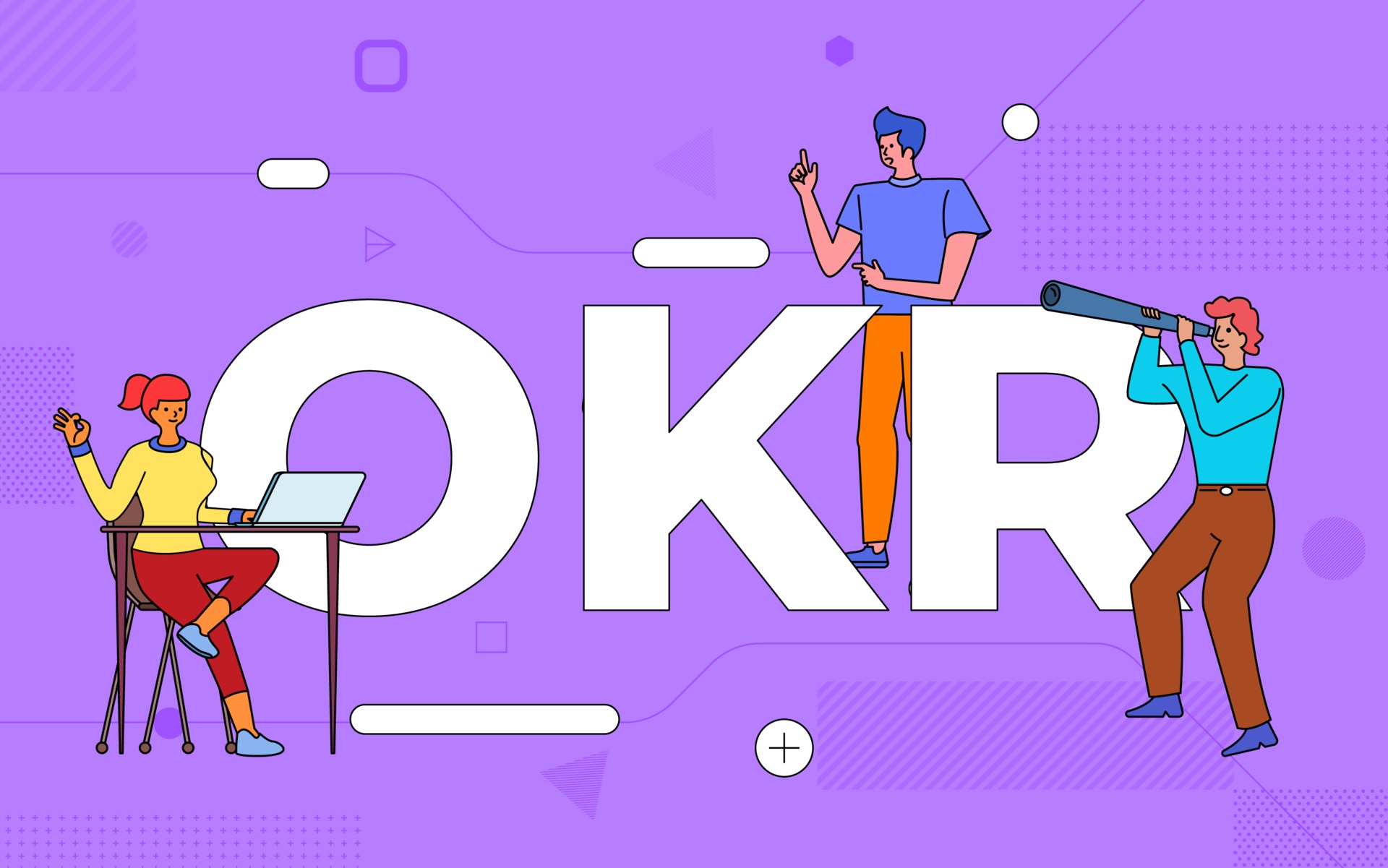Prior authorization is a process that often conjures up images of endless paperwork, long wait times, and frustrated patients. But what if there was a way to streamline this process, to automate it in a way that not only benefits healthcare providers but also enhances the overall patient experience?
That’s where prior authorization automation solutions come into play, reshaping the very fabric of healthcare workflow. So, let’s dive in and explore how this technological innovation is revolutionizing the industry.
Understanding Prior Authorization
Before we delve into the solution, let’s first understand the problem. Prior authorization is a necessary step in the healthcare process, requiring providers to obtain approval from insurance companies before certain treatments, procedures, or medications can be administered. While the intention behind prior authorization is to control costs and ensure appropriate care, the reality is that it often leads to inefficiencies and delays.
The Paperwork
One of the primary pain points of prior authorization is the sheer volume of paperwork involved. Providers are required to fill out extensive forms, provide supporting documentation, and navigate complex approval processes. This administrative burden not only consumes valuable time but also detracts from the core mission of delivering quality care to patients.
Delays in Care Delivery
Moreover, the manual nature of prior authorization can result in significant delays in care delivery. Patients may have to wait days or even weeks for approval, causing unnecessary stress and anxiety. In some cases, these delays can exacerbate health conditions or lead to complications, highlighting the urgent need for a more efficient solution.
The Rise of Prior Authorization Automation
Enter prior authorization automation solutions, a game-changer in the realm of healthcare workflow. By harnessing the power of technology, these solutions streamline the prior authorization process, reducing administrative burden and expediting approvals. But how exactly do they work, and what benefits do they offer?
Streamlining Administrative Tasks
One of the key features of prior authorization automation is its ability to streamline administrative tasks. Instead of manually filling out forms and gathering documentation, providers can leverage software platforms that automate these processes. This not only saves time but also reduces the likelihood of errors or omissions, ensuring a smoother approval process.
Enhancing Communication and Collaboration
Another advantage of prior authorization automation is its ability to enhance communication and collaboration among healthcare stakeholders. These solutions often include features such as electronic communication portals and real-time status updates, allowing providers to easily communicate with insurance companies and track the progress of authorization requests. This fosters greater transparency and accountability, leading to improved efficiency and satisfaction for all parties involved.
Improving Patient Experience
Perhaps the most significant benefit of prior authorization automation is its potential to improve the overall patient experience. By reducing wait times and streamlining administrative processes, patients can receive the care they need more quickly and efficiently. This not only enhances patient satisfaction but also contributes to better health outcomes in the long run.
Overcoming Challenges and Adopting Solutions
While the benefits of prior authorization automation are clear, it’s essential to acknowledge the challenges associated with implementing these solutions. From concerns about data security to resistance to change among healthcare providers, there are various obstacles that must be addressed. However, with proper planning, training, and support, these challenges can be overcome, paving the way for widespread adoption and integration into healthcare workflow.
Addressing Data Security Concerns
One of the primary concerns surrounding prior authorization automation is data security. With sensitive patient information being transmitted electronically, there is a risk of data breaches and privacy violations. To address these concerns, it’s crucial for healthcare organizations to implement robust security measures, such as encryption protocols and access controls, to safeguard patient data and comply with regulatory requirements.
Providing Training and Support
Another challenge is ensuring that healthcare providers are adequately trained and supported in using prior authorization automation solutions effectively. This may require investing in training programs, providing ongoing technical support, and offering resources to address any questions or concerns that arise. By empowering providers with the knowledge and tools they need, organizations can facilitate a smooth transition to automated prior authorization processes.
Conclusion
In conclusion, prior authorization automation solutions have the potential to reshape the landscape of healthcare workflow as we know it. By streamlining administrative tasks, enhancing communication and collaboration, and improving the overall patient experience, these technological innovations offer a glimpse into the future of healthcare delivery. As the industry continues to evolve, it’s essential for healthcare organizations to embrace the benefits of automation and prioritize the integration of these solutions into their workflows. By doing so, we can usher in a new era of efficiency, effectiveness, and excellence in healthcare delivery.
So, if you’re ready to revolutionize your healthcare workflow and unlock the full potential of prior authorization automation, it’s time to explore the possibilities. Prior authorization automation solutions are not just a trend—they’re a transformative force that promises to shape the future of healthcare for years to come. Embrace the future today and discover the endless possibilities that await.




